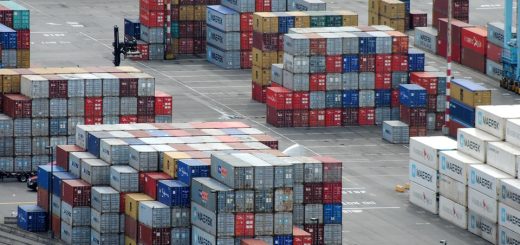From Shanghai to Paris: The Art of Consolidating Chinese Gourmet Products (2025)
Why French Chefs Are Turning to China
2025 culinary trends show:
- 68% increase in demand for authentic Sichuan ingredients
- 42% cost advantage over European specialty importers
- 19 premium Chinese food products now EU-approved
Top 5 Safely Consolidatable Products
- Premium Teas (Pu’er, Longjing)
- Fermented Ingredients (Sichuan peppercorns, black vinegar)
- Dried Seafood (Scallops, abalone)
- Noodle Varieties (Hand-pulled, rice noodles)
- Specialty Sauces (XO, hoisin)
The 4-Phase Gourmet Consolidation Process
Phase 1: Regulatory Preparation
Essential Documentation:
- EU Food Safety Authority (EFSA) compliance certificates
- Proper HS codes for foodstuffs (21-series)
- French-language ingredient labels
Pro Tip: Work with French-speaking Chinese inspectors
Phase 2: Temperature-Controlled Consolidation
Preservation Methods:
| Product Type | Temp Range | Packaging | Special Handling |
|---|---|---|---|
| Fermented | 15-18°C | Vacuum-sealed | Moisture control |
| Dried | Ambient | Mylar bags | Humidity sensors |
| Frozen | -18°C | Insulated | Dry ice replenishment |
Phase 3: Customs-Cleared Transit
- Pre-cleared French DGI approval
- Dedicated food inspection lanes
- Expedited perishable processing
Phase 4: Parisian Delivery Protocol
- Temperature-validated unloading
- Same-day distribution to arrondissements
- Chef-scheduled deliveries
Case Study: Lyon Fusion Restaurant
- Consolidated 28 specialty ingredients
- Achieved 100% customs clearance
- Reduced spoilage to 0.8%
7 Critical Mistakes
- Mixing fermented and dry goods
- Using non-food-grade containers
- Missing allergen declarations
- Underestimating French paperwork
- Ignoring seasonal humidity changes
- Skipping pre-shipment freezing
- Forgetting cultural preferences
Future Trends
- Smart Packaging with freshness indicators
- Blockchain Provenance tracking
- AI-Powered shelf-life prediction

